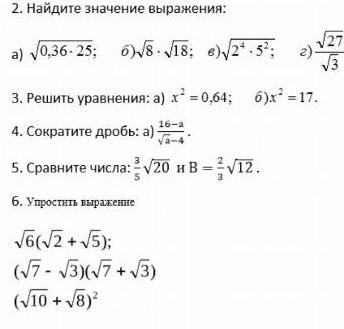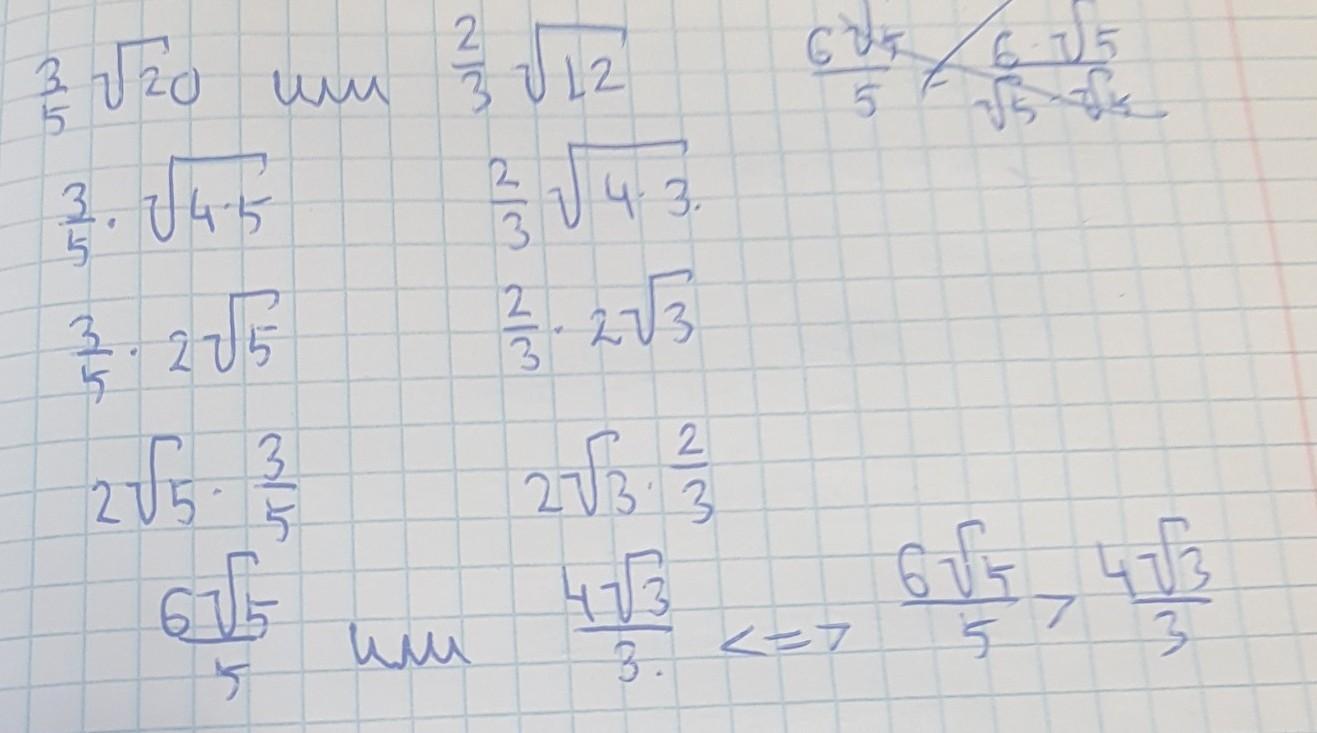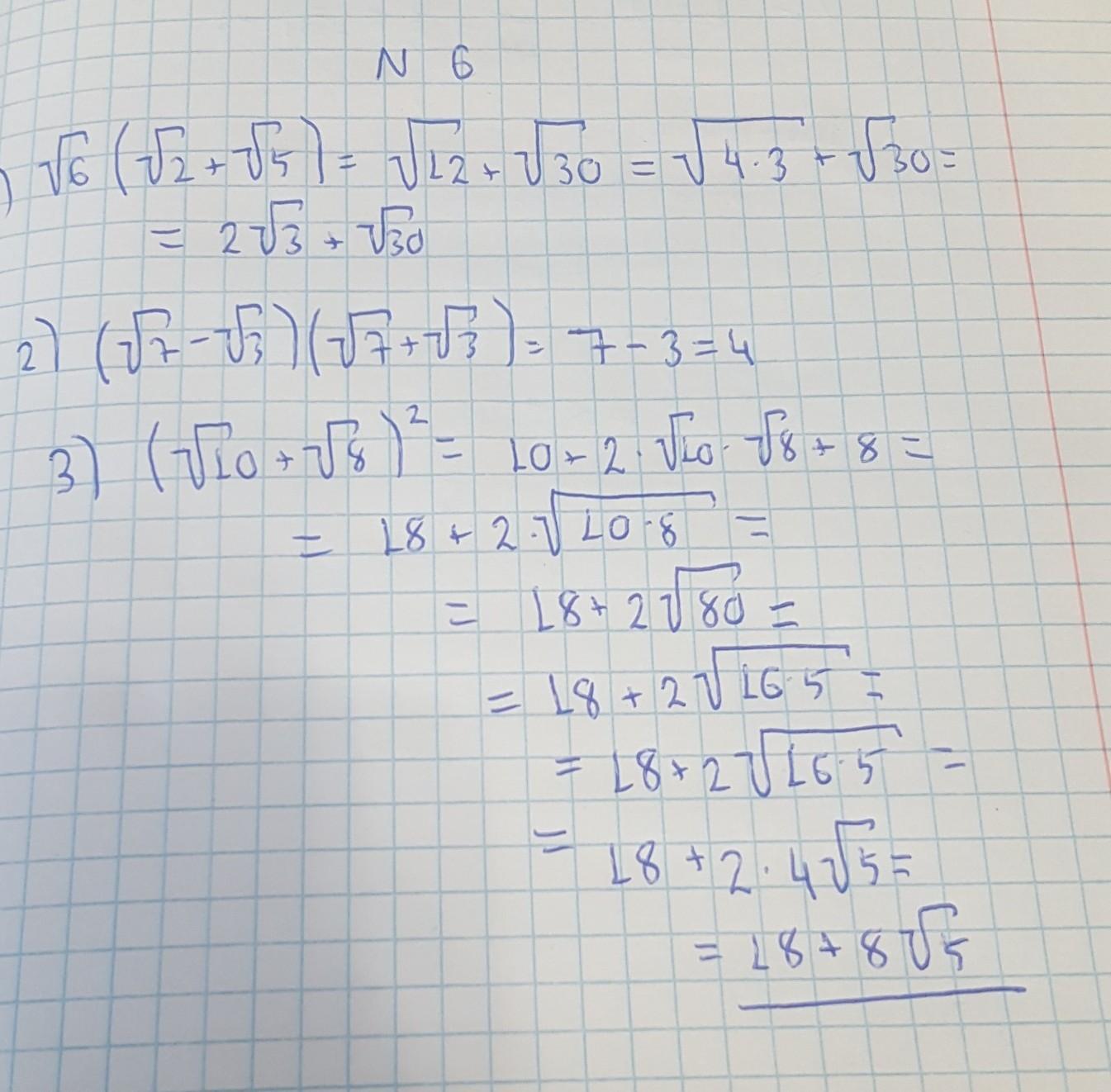Предмет: Алгебра,
автор: loonchalise
Срочно помогите
нужно с решением
КАК МОЖНО СКОРЕЕ
Приложения:

Ответы
Автор ответа:
0
Решение на фотографии!!!!!!!
Приложения:



Похожие вопросы
Предмет: Русский язык,
автор: azaliaskylkina
Предмет: Русский язык,
автор: ddCat123
Предмет: Русский язык,
автор: marina776
Предмет: Математика,
автор: 1Lolkek